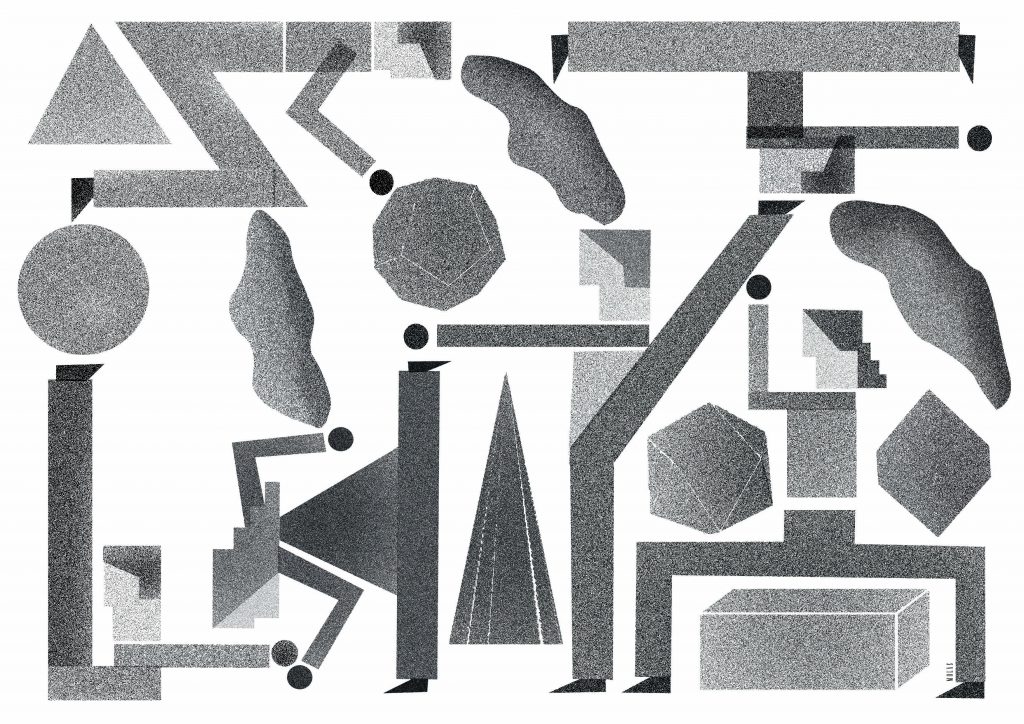Julian Assange
623 weeks of deprivation of liberty for telling the truth
623 weeks of deprivation of liberty for telling the truth

(1) Thierry Brugvin
Popular cultures are generally subject to condescending and stigmatizing attitudes from the non-popular social classes. This is because they often consider popular culture to be a subculture of bourgeois culture. Even sociologists and social workers who seek to support the working classes are of the opinion that the working classes and the poorest develop a culture of poverty that locks these populations into a cycle of misery. Thus, the » culture of poverty » was theorized by the American anthropologist Oscar Lewis as early as 1959(2). Based on monographs of families living in Mexico City, he describes a » cycle of poverty « , which stems from the fact that the poor develop a value system that allows them to cope with misery, but which maintains them in their condition(3).
However, for authors like Rahnema and Robert, misery is different from poverty. While the miserable are fragile, they claim that there is a » power of the poor » in their book of the same name. According to them, « we must regenerate the multiple and diverse knowledge of the poorest », of the popular classes and of traditional cultures. « We must then subordinate the displayed knowledge of the formal economy to the modest, local and multiple knowledge that allows people to subsist where they are from what their own places offer them. A doctrine of contained economy holds, like a nut shell, in these two points. It goes with the simple common sense demand that in terms of urban traffic, walking or cycling should be favored over cars »(4).
Convivial and voluntary poverty is about « living together on the principles of simplicity, solidarity, frugality, sharing, and a sense of equity « (5). The satisfaction of essential physical, material and psychological needs is one of the conditions of this good life. Voluntary simplicity aims to simplify life, increase happiness and achieve a » good life » through the detachment of non-essential needs.
In this context, the environmental justice movements advocate an ecology of the poor, that is to say an ecology not against the poor, but in the service of all, and not only in the service of the richest. Moreover, some of them, especially in developing countries, advocate a way of life that is compatible with the distribution of non-renewable ecological resources. But they don’t just promote it: they live it.
Thus, the culture of poverty is related to the power of the poor. The latter makes it possible to assert pride in one’s culture, even a culture of poverty, even if one must avoid the pitfall of a two-tier society, in which poverty would become a sector in itself, ad vitam aeternam, allowing the richest to live selfishly.
There are two possible excesses. The first one consists in the charitable attitude leading to a liberal policy, because the State gets rid of its function of solidarity on the charitable associations; the other excess resides in the naive, manipulative or instrumentalized idealistic attitude leading to a liberal degrowth policy, because the degrowth concerns this time the poorest so that the richest can continue to grow longer. There is, however, a third way, which includes different currents, such as the movement for environmental justice, or for the ecology of poverty, or for the ecology of happy sobriety ( buen vivir). This new path brings together some of the members of former groups: the ecologist movement, the egalitarian movement for social justice, the voluntary simplicity movement, the culture of the poor, the popular and traditional culture.
In this dossier, we will start by explaining what the culture of poverty is, then define voluntary simplicity and the cultural revolution of happy sobriety. We will distinguish 8 types of attitudes around culture and the bourgeois and popular classes. Finally, we will show that developing the power of the poor and fighting against poverty also implies designing local and international development projects based on three pillars: the satisfaction of basic needs, autonomy and cultural identity.